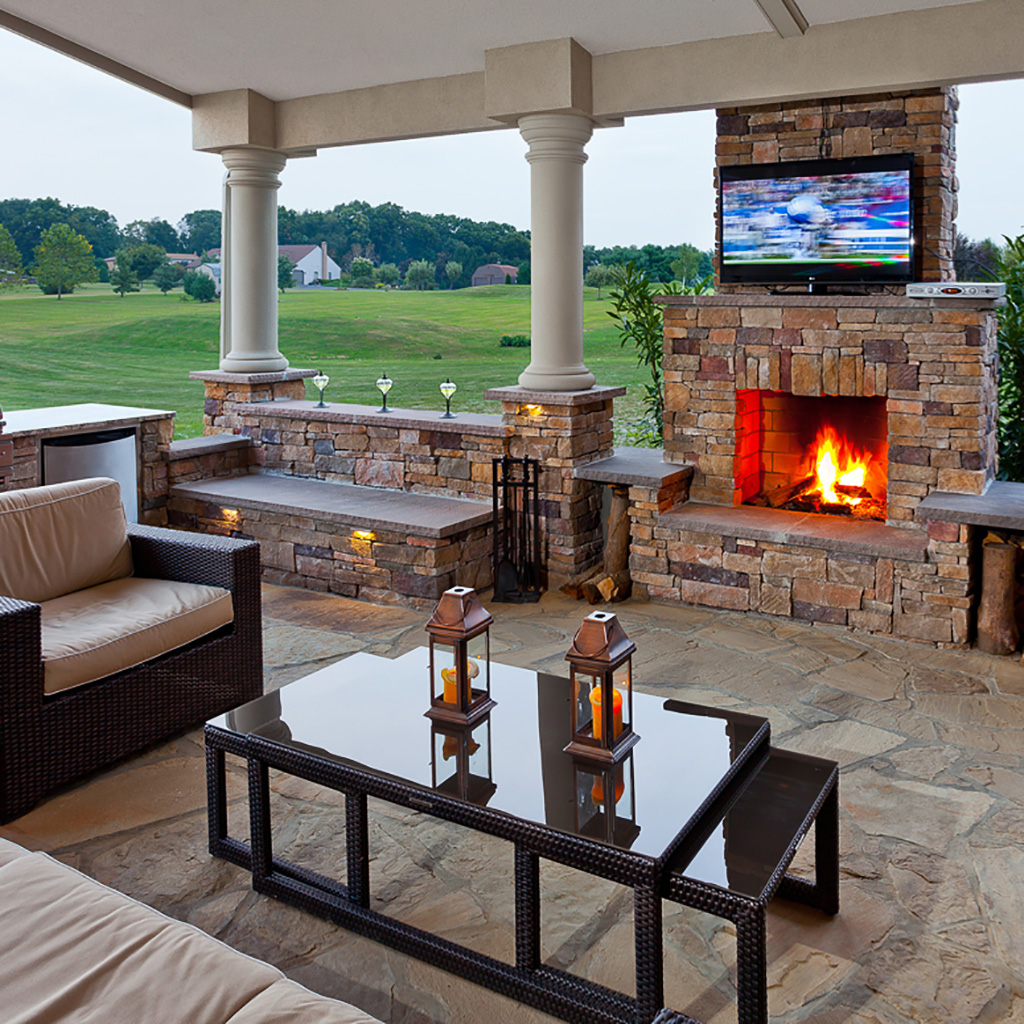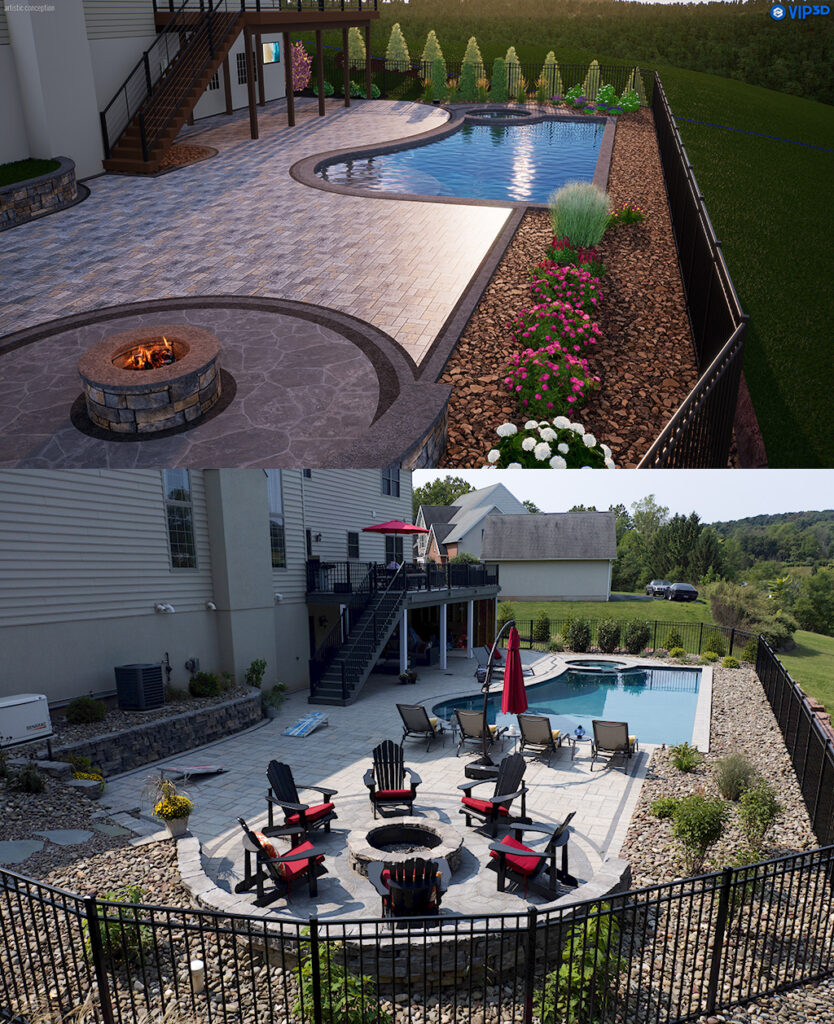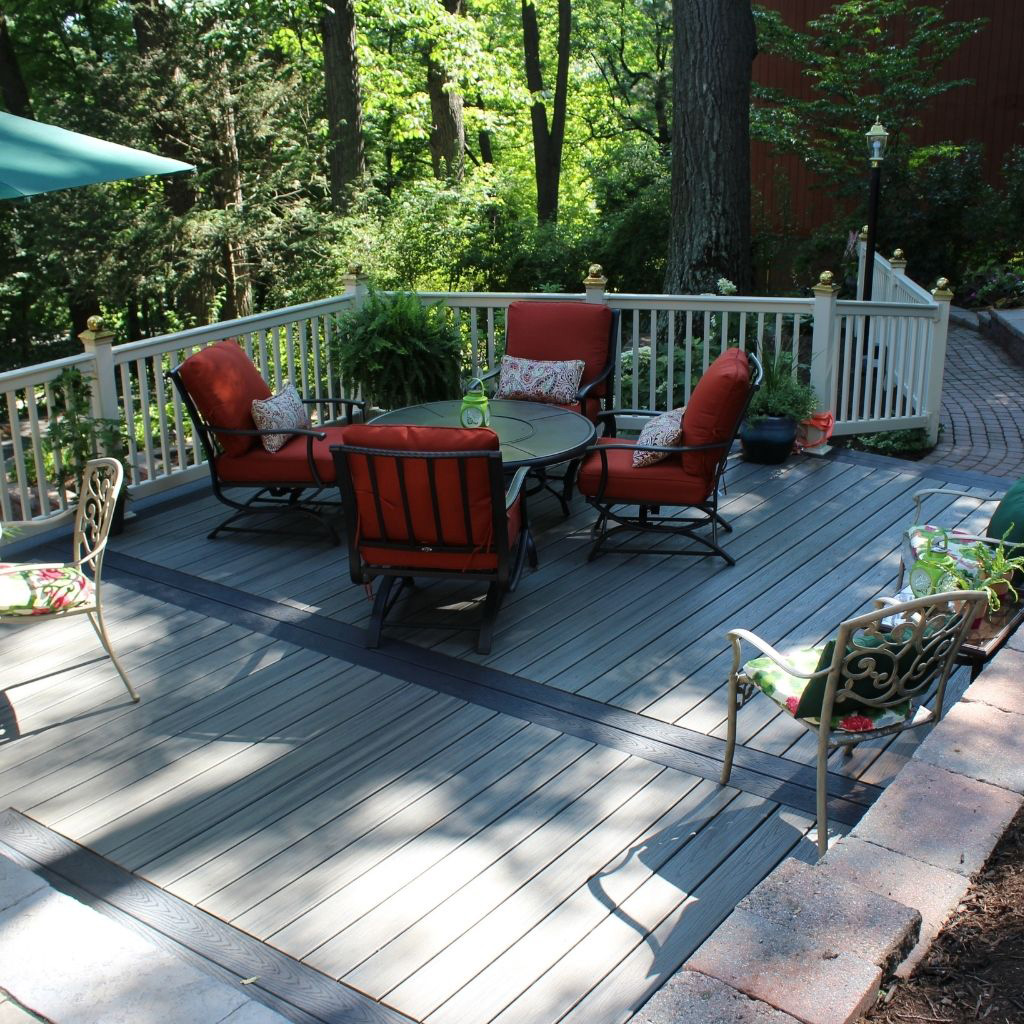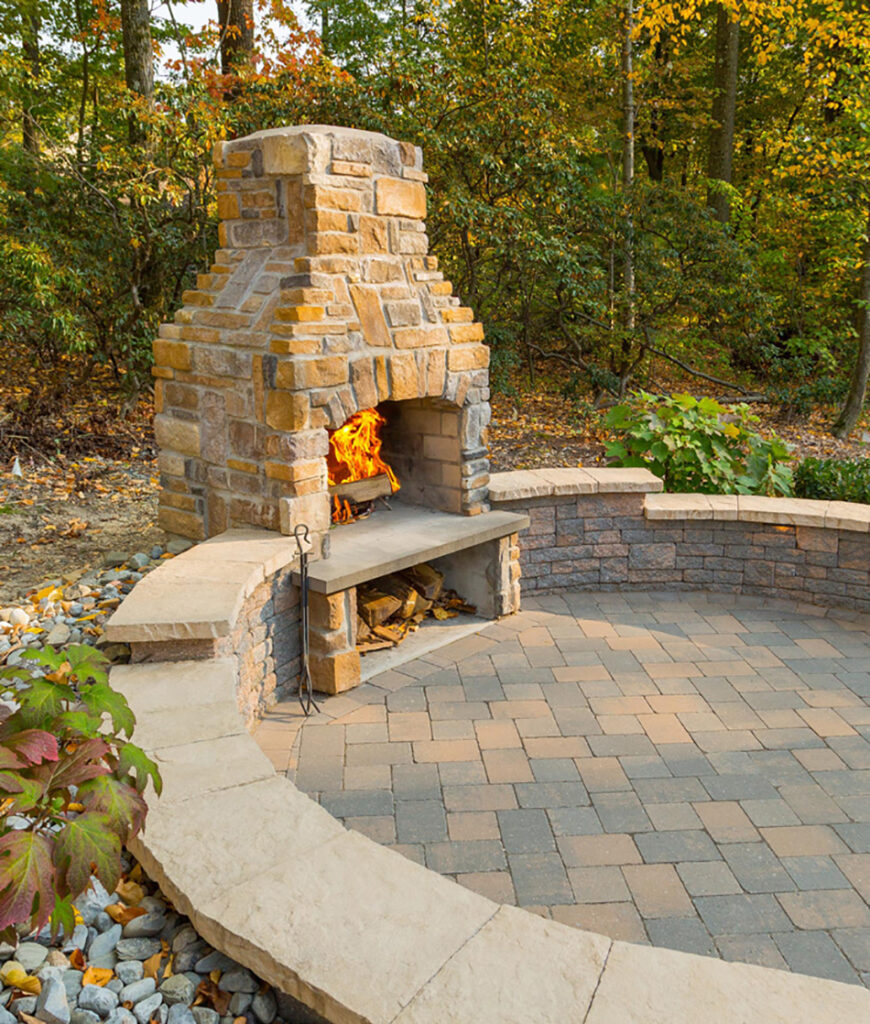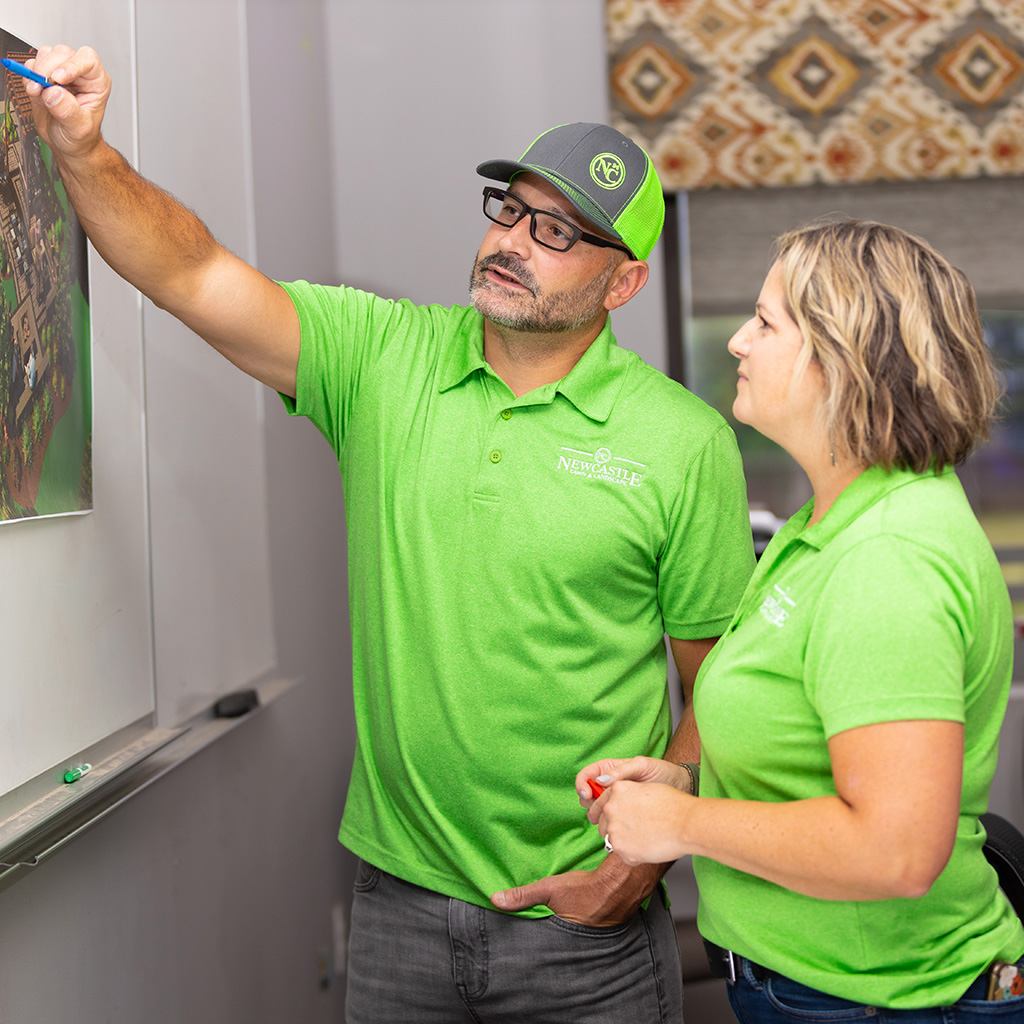What is hardscaping design?
Hardscaping design refers to the planning, design, and implementation of various non-living elements in a landscape. It involves the use of materials like stone, concrete, wood, and metal to create pathways, patios, walls, and other structural elements that enhance the overall look and feel of the outdoor space. Unlike softscaping (which involves plants and other living elements), hardscaping focuses on man-made features that add stability, functionality, and visual interest to the landscape.
Why is Hardscaping Design Important?
Hardscaping design is important for several reasons. Firstly, it provides structure and organization to the outdoor space. By incorporating various hardscape elements, such as walkways and walls, you can create distinct areas for different activities like dining, entertainment, or relaxation. This not only adds functionality but also enhances the overall usability of the outdoor area.
Secondly, hardscaping design plays a vital role in enhancing the aesthetics of the landscape. Beautifully designed stone pathways, decorative retaining walls, and well-placed fountains can create a visually stunning and inviting outdoor environment. Hardscape elements can also be used to complement the architectural style of the property and create a cohesive look.
What are the best materials for a covered porch?
The best materials for a covered porch are wood, aluminum, and steel. Each material has its benefits, considerations, and maintenance requirements.
Do I need a permit to build a covered porch?
Yes, you need a permit and may need zoning approval to build a covered porch. Be sure to check your local building codes before starting your project.
What is the best way to clean a covered porch?
The best way to clean a covered porch is to sweep or vacuum it regularly and wash it using mild soap and water. Be sure to check the manufacturer's instructions for any specific cleaning recommendations.



